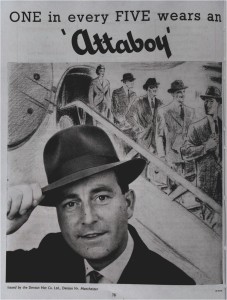Running a site reliant upon ad networks can be full of surprises. At a previous position, one of my duties was to assure that the site, a food publication, was not serving inappropriate advertisements that would turn off our audience and clientele. If someone came to read an article on wine pairings for the holidays, it was almost certain that one of our spots earmarked for the ad server would slot in an ad for addiction treatment centers. It was then my job to root out the source of the ad, which wasn’t always easy to find. Flash ads were pretty good at hiding their origins at times. If I was able to find the source, I would manually block it. That would never be the end of it, and the cycle would require repeating whenever we published any content involving alcohol.
The Guardian is having trouble with ads being served in support of the National Rifle Association (NRA). These ads sneak in due to both insufficient blocking tools, and the ads themselves being designed to show items like membership duffel bags instead of guns, thereby passing initial filters. Yet these demonstrate how hard it can be to have control over the advertising your site displays. Having someone be on top of this is one way to do it, but it can be tedious work, and you can’t endlessly refresh your own site’s pages, serving more ads, so you have to check in measured amounts, making these inappropriate ads easy to miss for a while.
For our food website, things we didn’t want to serve to our readers were rehab ads, diet ads (including those “one weird trick” scams), weight loss programs, political ads, medical advertisements, and other things that didn’t veer into the unappetizing or assumptions about someone’s ability to drink responsibly. In order to make us more attractive to other, outside ad clients, pairing rehab ads with wine articles wasn’t going to cut it.
When an ad server gives minimal customization options (as is my experience handling ad placement split between networked ads and independent ones), these slips are going to be common. Networked ads are cheap and, unfortunately, that puts the power in the hands of the advertisers, not the site management or the audience.
There is constant discussion about the present and future of web advertising, ad blocking, and the migration of many to mobile devices. Yet, as the trouble even The Guardian has keeping gun ads off of its site, shows, the power continues to sit in the hands of the advertisers. Greater web media is still figuring out ways to adapt to various aspects of the modern web, but this lack of control over how we can serve our audiences has not changed in some time. Ways to let ad networks serve both advertisers and media should be an integral part of the conversation.


